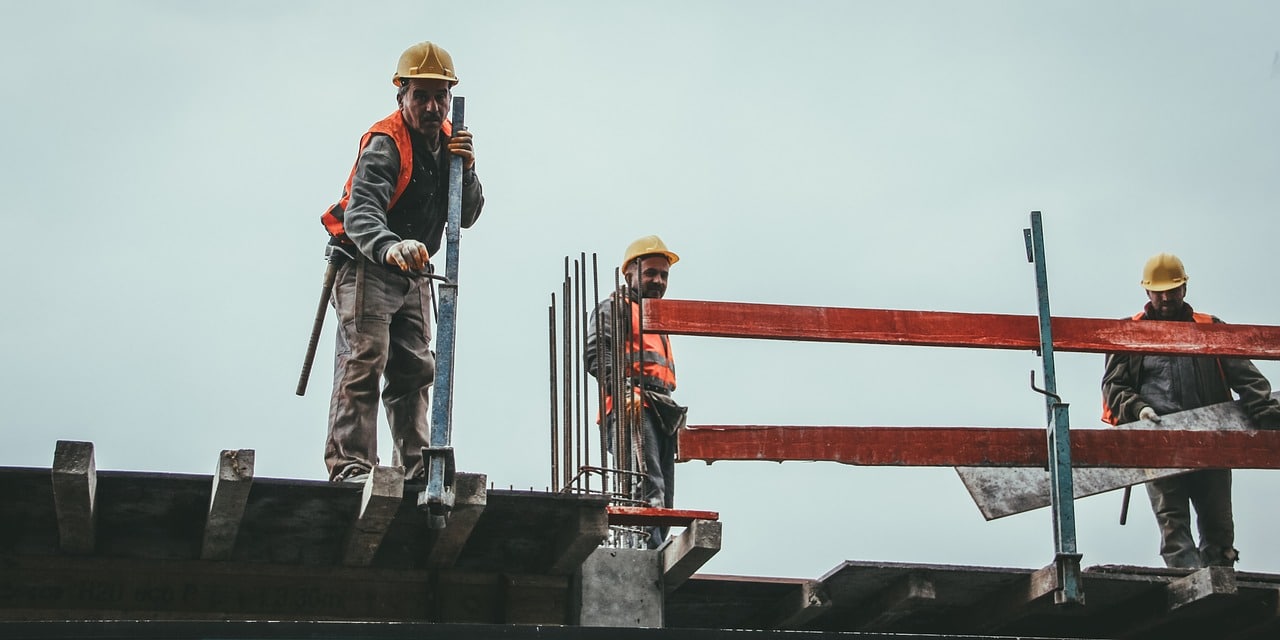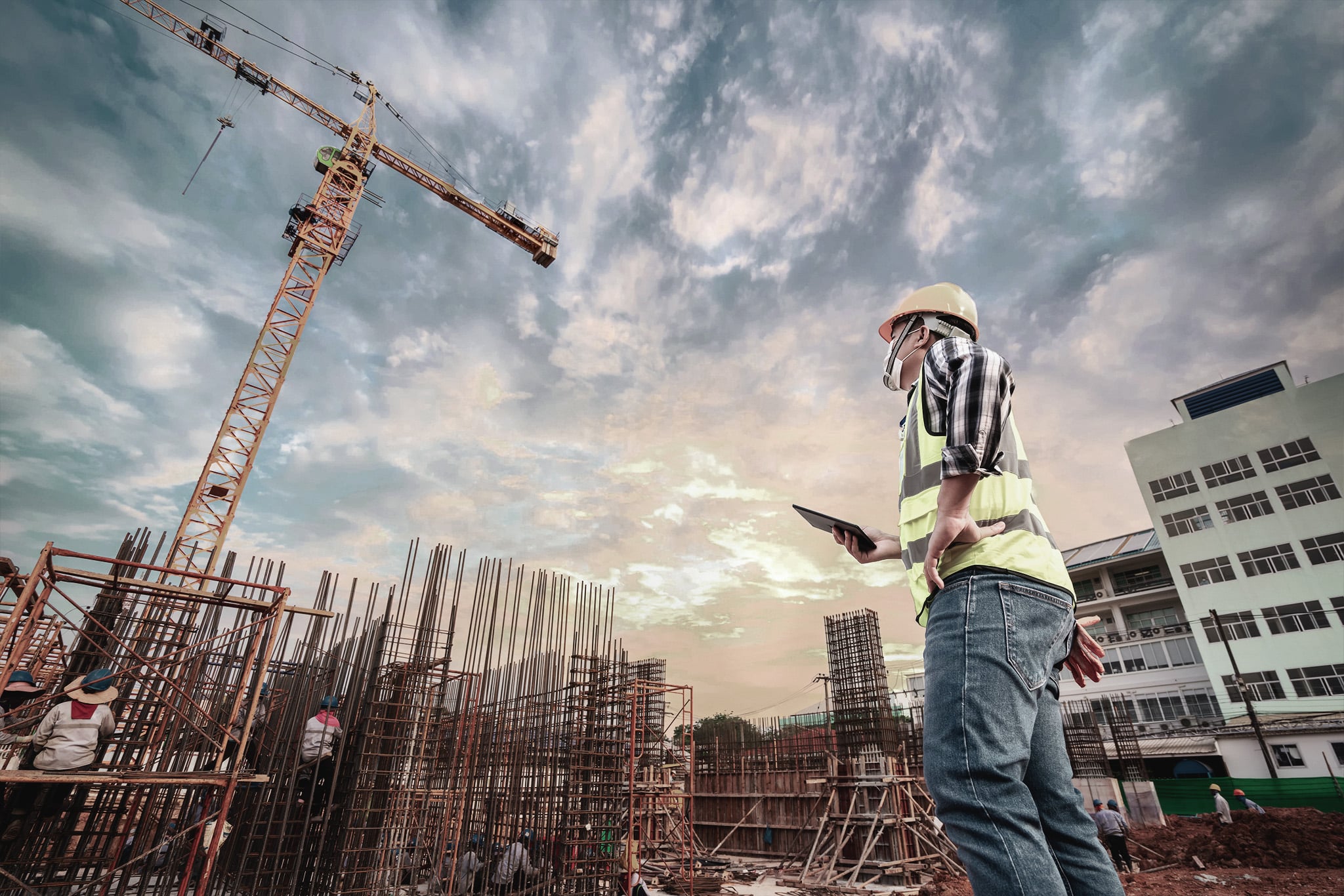What is the difference between Live Loads and Dead Loads in structural design?
When it comes to structural design, there are a bunch of different loads that you need to be aware of. Those loads include vertical loads, horizontal loads, and longitudinal loads and they all break down into even more load categories.
Today, we are going to focus on the live loads and dead loads, which are part of the broader group of vertical loads. Dead loads are the very first vertical load that always needs to be considered. These loads are always permanent and will always be within the building. A dead load is often a permanent partition wall, a structural piece, and permanent equipment. Oftentimes, this type of load will include all beams, the roof, columns, walls, and more.
Live loads are also called imposed loads and they are either moving loads, or movable loads, that do not have any impact or acceleration. All these loads are part of what an occupant brings into the building. These items are normally furniture and movable partitions.
The live loads will continuously change inside a building, as people bring things in and out of the space. Therefore, it is important that floor slabs can carry either a concentrated load or a uniformly distributed load at any time. However, since there is practically no way that the floor will carry the maximum load at any one time, you do have some leeway when it comes to the designing columns, load bearing walls, pier supports, and even the foundation.
It is necessary to determine what the dead load of a building will be before any of the live loads are taken inside. Most people forget to include systems like the HVAC, ductwork, elevators, plumbing, and even fixed manufacturing equipment into the live load calculation. But those items are just as important and can really change the calculation you come up with tremendously.
You will need the load numbers for both dead and live loads before you begin constructing any building, because those numbers can also potentially change the cost of the construction. The reason for this is you may need to use different materials than you initially thought and that may mean the construction process is going to cost you more in the long term. This is especially true if you end up needing to use concrete instead of wood or steel.
To calculate the load numbers, you must look up the limits and allowable loads for the locality you are building in. Oftentimes, this will be the numbers that you will find in the International Residential Code book.
Of course, you will also need to check the local building codes before you start any construction, because there may be specific dead and live load requirements that you need to be aware of. What may be acceptable in one part of the country may not be acceptable in another and you need to be aware of any nuances that could mean the difference between a building passing inspection and not passing inspection.
Questions to Ask When Determining Which Building Codes to Use for the Design of Your Building
- What is the Occupancy Category for the Building?
A structure that is used to store hay or other livestock feed is going to have different requirements than that of an elementary school or office building. The risk category would be significantly less for the former than the latter.
- What Material Will Be Used for the Dead Load?
Many homes are constructed from wood, but most commercial buildings can be constructed from wood, steel, or concrete.
- What is the Design of the Live Loads?
You must know the live loads requirements for the structure you are building, so you know what materials to use during the construction process. After all, the live loads for a home will be much different than that of a restaurant or office building. It is also important to note that different rooms will have different live loads, so it can be helpful to know how each specific room will be used prior to construction beginning.
Steps to Follow When Using the Span Tables
- Check your plans to determine the span, as well as the on-center spacing
- Check the codes for dead load, live load, snow load, and even deflection
- Choose the appropriate span table
- Determine the minimum Fb and E values by matching your design condition to the span in the table
- Choose the grade from values that is listed in the design values table
- Determine what the required compression perpendicular is according to the grain design value within the table
- Always make sure that the numbers you selected in steps five and six are the correct numbers and will match up at the end
A Few Live Load Numbers from the International Residential Code
Exterior balconies 60
Decks 40
Garages for passenger cars 50
Attics with no storage 10
Sleeping rooms 30
Rooms other than sleeping 40
It is important to note that these are all the minimum uniformly distributed live loads for these spaces.
Not using the proper live loads and dead loads numbers can result in dangerous conditions in any building. Those buildings that were not constructed to withstand both the dead loads and live loads can collapse over time. It will also not be safe for anyone to be inside buildings that do not follow the codes for live loads and dead loads.
Many people think that the stability of any building is plentiful, no matter what materials they were constructed with. However, not using the proper materials for the dead loads and live loads can make any building unsafe and uninhabitable. Therefore, it is quite necessary to learn more about live loads and dead loads, so you can properly construct buildings in the future.
After all, people are bringing more items into buildings than ever before, and you are going to want to make sure that those items are safe and won’t make any part of the building collapse.
If you haven’t given much thought to both dead loads and live loads in the past, now is the time to make sure that you know as much about them all as you can. It will only make everything that you construct in the future safer than ever.



